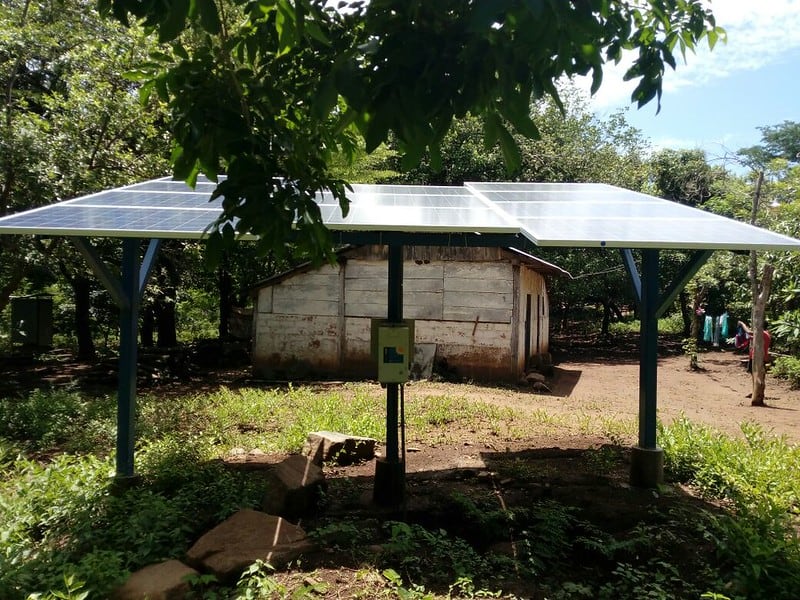HEALTH CARE ACCESS
Healthcare access in Nicaragua is structured by the Ministry of Health, based in the capital, Managua. From there, each of the fifteen departments has it’s own department hospital, which is overseen by the SILAIS administrations (Sistema Local de Atención Integral en Salud). At a municipality level, there is a health center (Centro de Salud) for every municipality within the department. While they are not hospitals, health centers in the municipality are typically staffed with one doctor, and two nurses, that can attend patients with chronic, communicable, or noncommunicable diseases, as well as pregnancies. They however, do not have the ability to perform surgeries. Lastly, most but not all communities have a Puesto de Salud, a smaller health center. These health centers are usually staffed with only one nurse and a rotating physician. Physicians are staffed in these health centers by Nicaragua’s Social Service. This is an initiative that requires Nicaraguan medical students to do two years of service in rural communities prior to graduating. The physician density in Nicaragua is approximately 1,099 people for every one doctor. According to the World Health Organization, there should be a maximum of 435 people per physician to qualify a country as having adequate access to medical attention. This density is significantly lower for the 40.6% of the population that lives in rural areas. It is for this reason that Nicaragua’s Social Service initiative brings medical students to these communities. However, access remains limited since these training physicians may be assigned to up to fifteen communities at a time.
Ochomogo has access to a health center in a neighboring community, Los Braziles, 6 Km away. Even with this access, it is important to note that medications, supplies, and materials are often not available in these health centers and are dependent on government funding. There is no access to private pharmacies. Additionally, as noted above, access to trained medical professionals is limited.
During their initial communications with Global Brigades, the top three illnesses in children that Ochomogo expressed were diarrhoeal diseases, fevers, and vomiting. For adults, common illnesses are chronic diseases such as heart conditions and hypertension, as well as diarrhoeal diseases. Without access to trained healthcare professionals and medications, chronic diseases can go unmanaged, leading to further health problems. Acute illnesses can also be severe and affect the quality of life.
*Statistics based on La Vainilla, where community members from Ochomogo attend Medical/Dental Brigades.


